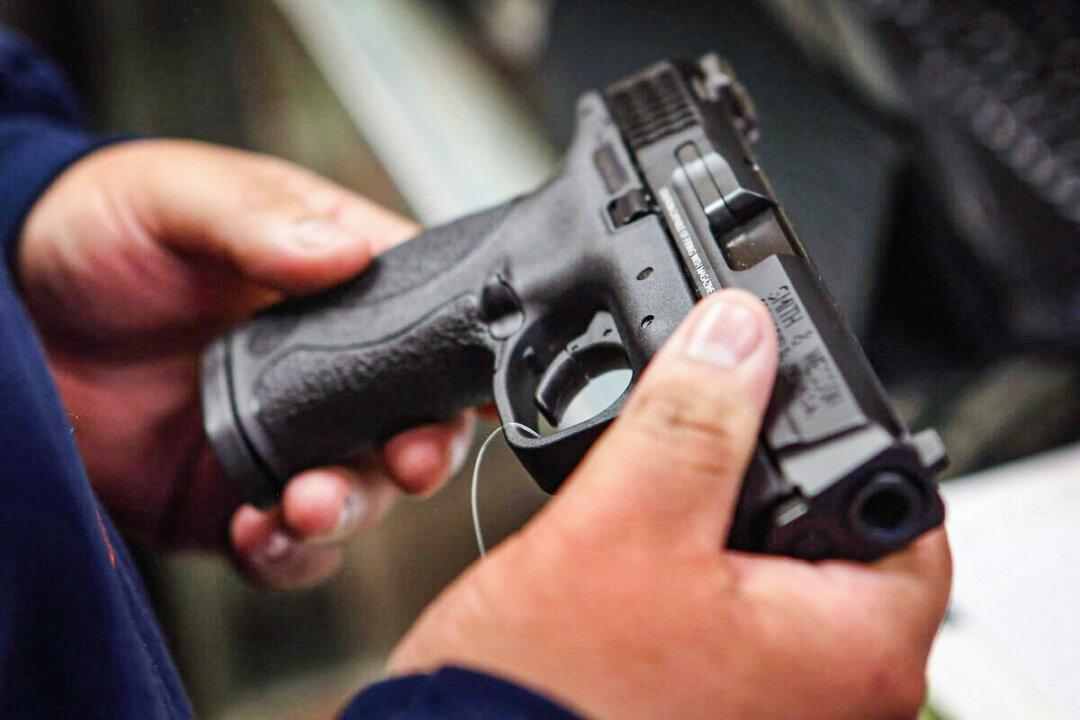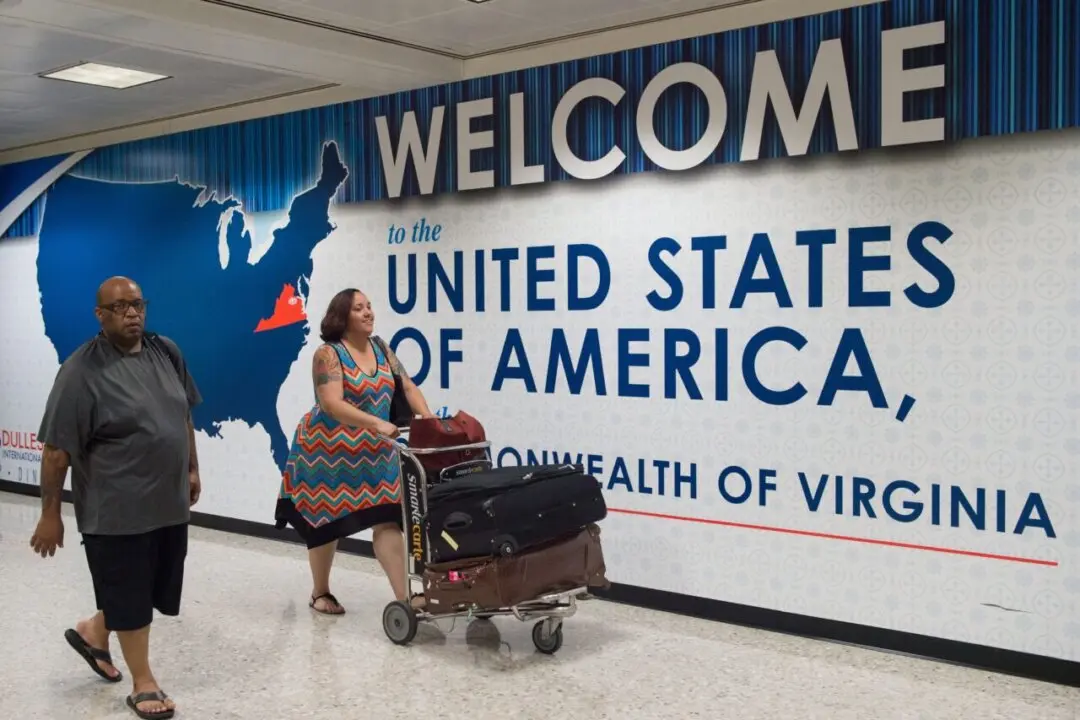The Minnesota Supreme Court ruled in a split decision that a person who is being attacked or threatened must retreat if “reasonably possible” instead of brandishing a weapon.
The court upheld two second-degree convictions of assault with a deadly weapon against a man who was armed with a machete who alleged that he was threated by another man with a knife at a light rail station in Minneapolis in 2021.





